Furniture Knowledge Popularization——Six Major Categories
Throughout Chinese history, it has been thousands of years. In Chinese history, furniture can be seen everywhere, and to truly trace the history of furniture, it may be necessary to start from the Neolithic Age.

As the wheel of history slowly moves forward, furniture culture has long become an indispensable part of Chinese culture. In the changing times, the original simple furniture has gradually developed into a wide variety of household utensils . Today, we have completed a preliminary study of most furniture. Among the classical furniture, it can be roughly divided into six categories. In this issue, I will briefly talk to you about these six categories .
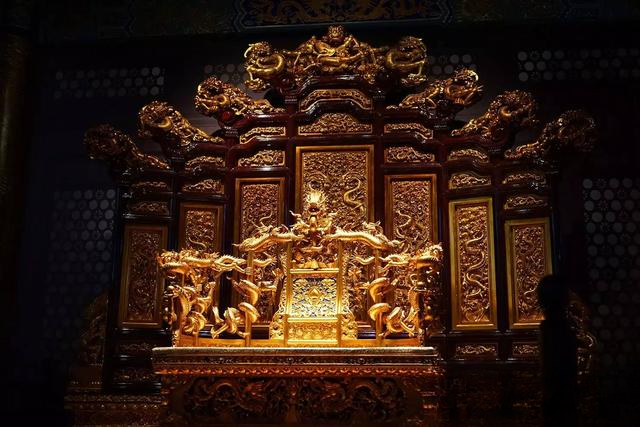
The six major categories of Chinese classical furniture are: chairs and stools , tables , beds , cabinets, shelves and screens.
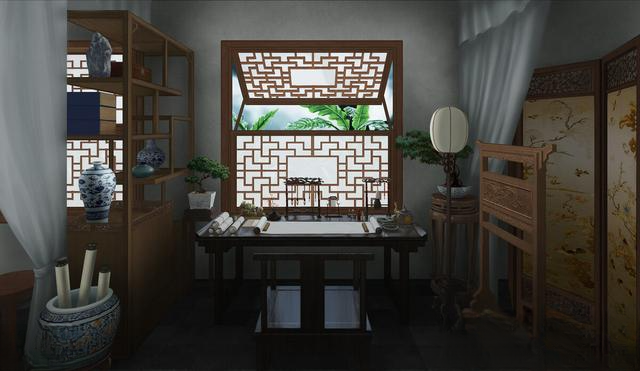
First, let's look at the chair and stool category . In the chair and stool category, there are "chairs" and "stools" , both of which actually have clear definitions.
- A chair is a kind of seat with a backrest. In Zheng Zi Tong written by Zhang Zilie (Ming Dynasty) , it is mentioned that a chair is a seat with a backrest. Nowadays, people call it a chair. The "chair" here refers to a seat that people can lean on when sitting.
- Stool is a kind of seat without backrest. In "Nenggai Zhai Manlu" written by Wu Zeng (Song Dynasty) , it is mentioned that the stool of bed stool has existed in Jin Dynasty. The "stool" here is a seat used in conjunction with the bed.
However, both chairs and stools only appeared after the Han Dynasty . Before the Han Dynasty, people were used to sitting on the ground . After the "Hu bed" was introduced to the Central Plains by the Hu people, various kinds of seats were derived from the "Hu bed" .

Huchuang
These seats have been constantly improved and changed over the course of the times, and in general have evolved from simple to complex , and from short to tall .
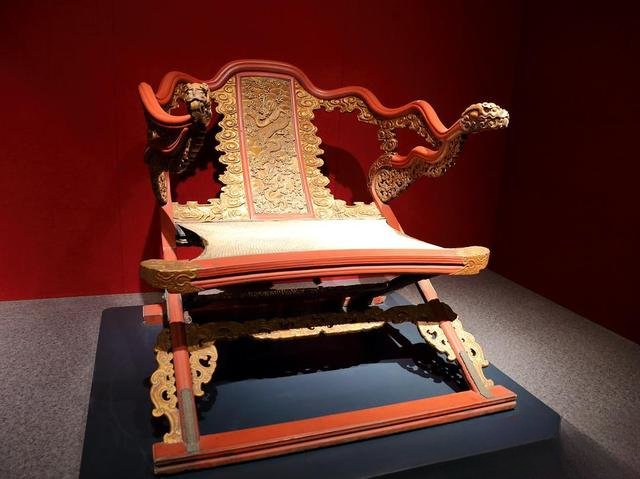
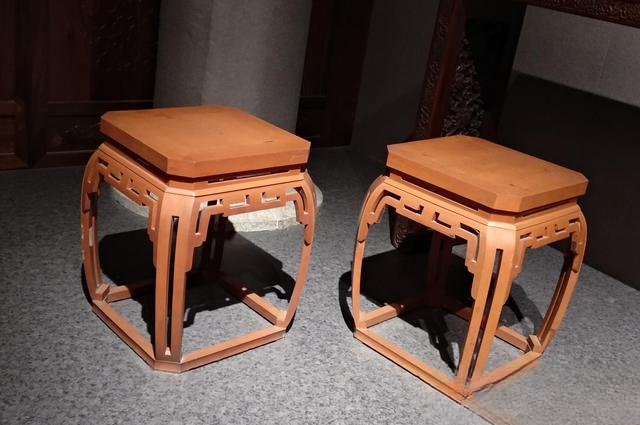
Since we have mentioned chairs and stools, we naturally have to talk about tables and desks. Tables and chairs and stools have always been a classic combination of furniture. Whether it is "a table" or "an" , it can be described as "table" . In "Zheng Zi Tong" written by Zhang Zilie (Ming Dynasty) , it is mentioned: table , table and case are called table . The "table" here actually refers to "a table" and "an". But earlier , there was actually a clear difference between "a table" and "an" .
- Ji, a small table where you can put some small things and lean on it to rest. In Shuowen Jiezi written by Xu Shen (Han Dynasty) , it is written that the ancients sat and leaned on Ji . The "Pingji" here refers to a small table for people to lean on.
- An, a long and narrow table, also specifically refers to a small wooden tray on the table for placing food. In the Zizhi Tongjian compiled by Sima Guang (Song Dynasty) , it is written: "Draw a knife to chop the prelude case" . The "Zouan" here refers to the table where memorials are placed . In the Book of the Later Han Dynasty, Biography of Liang Hong, compiled by Fan Ye (Song Dynasty) , it is written: " The wife prepared food, and dared not look up at Hong, but raised the case to her eyebrows . " The "raised the case to her eyebrows" here means to raise the tray of food high to the eyebrows.
As time goes by, "几" has evolved from a small table to a type for placing other objects, and "案" has begun to hold more things, but the history and culture they represent will shine through time .
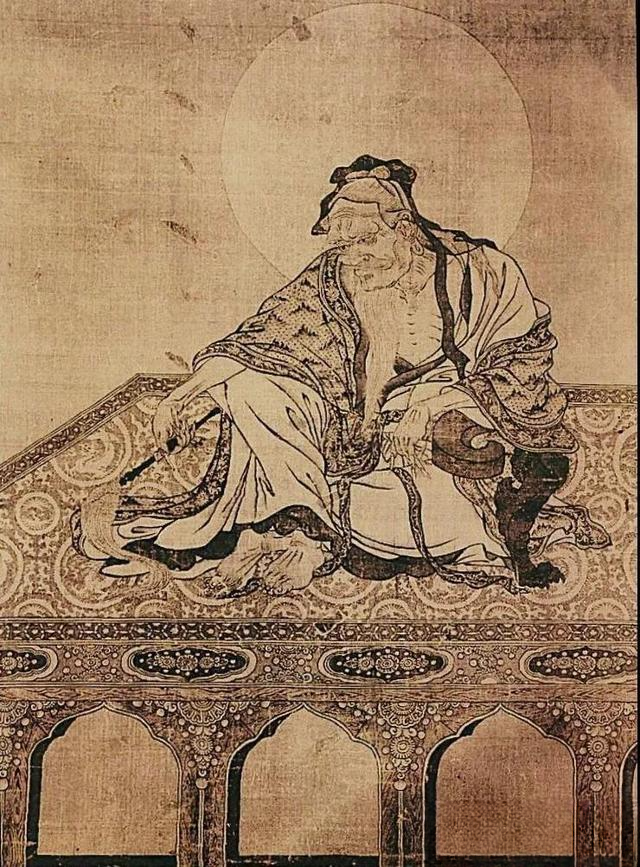
Ancient people rested on a table
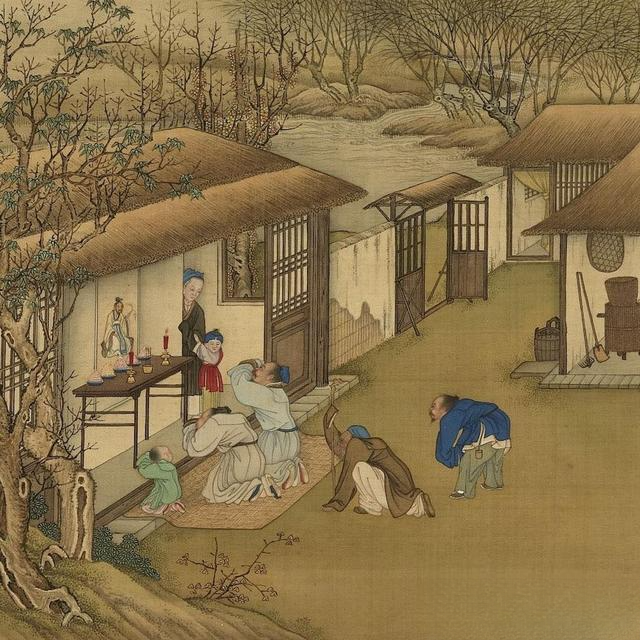
The ancients offered it on the case
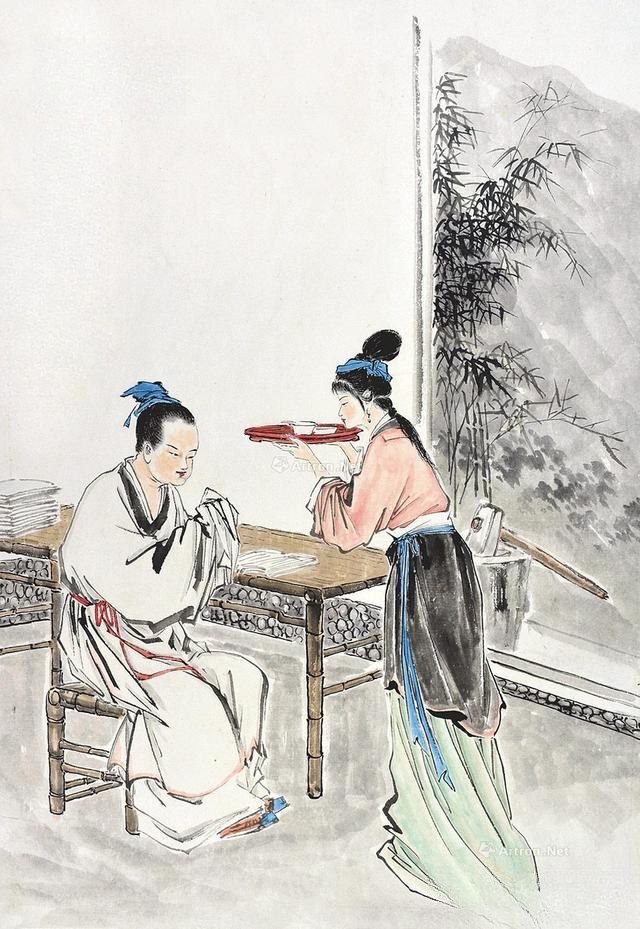
Treat the case with respect
After looking at the first two categories, let's talk about beds . Similarly, in the past, "beds" and "couches" were actually used differently .
- A bed is a piece of furniture that can be used for sitting or sleeping. In the book "Shi Ming" written by Liu Xi (Han Dynasty) , it is written that the place where people sit or lie is called a bed . The "bed" here refers to furniture that can be used for sitting or sleeping.
- Couch is a low furniture that can only be sat on by one person. It is shorter and narrower than a bed. It is also written in "Shi Ming" written by Liu Xi (Han Dynasty) : "A long, narrow and low couch is called a couch , which means that the couch is close to the ground. The small one is called a single-sitting couch, where the owner has no other and sits alone. " The "couch" here refers to a long and narrow piece of furniture that can only be sat on by one person, close to the ground, and is long and narrow.
If we trace the history of furniture, we can find that the “bed” and “couch” had their prototypes as early as the Neolithic Age , but at that time they were just furniture for receiving guests and resting . So in our culture, there is the saying of “lying in bed” and “going down on the couch” . The bed is a high-legged furniture, so “lying” is used , and the couch is a low-legged furniture, so “going down” is used .

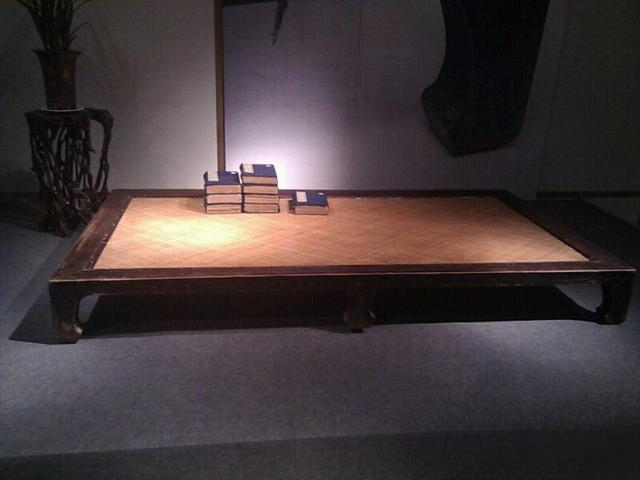
However, in the History of the Couch compiled by Yue Ke (Song Dynasty) , it is mentioned: "All people in the world are one family. How can we allow others to snore beside the couch ? " This shows that the couch is also a piece of furniture for sleeping and resting. From this, we can see that with the advancement of time, the distinction between bed and couch has gradually blurred , and they are no longer two pieces of furniture with different functions as they were originally.
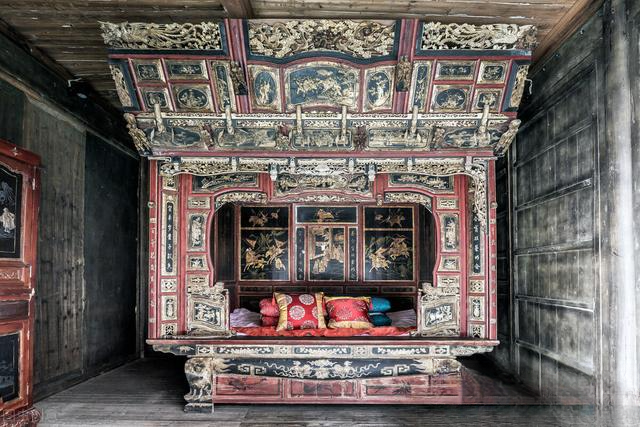

After talking about beds, let's take a look at cabinets. "Boxes" and "cabinets" were also divided into two types of furniture in the past.
- Box, the same as "xiang", originally refers to the body of a vehicle for carrying goods and people, and also means a place to put things. In "Book of Songs·Xiaoya·Dadong" written by Confucius (Spring and Autumn Period) , it is written : Box , the box of a large vehicle . The "box" here means the compartment . In "Village Rain" written by Du Fu (Tang Dynasty) , it is written: Open the box to see the black fur coat. And this "box" actually refers to the suitcase for clothes .
- Cabinet is a piece of furniture used to store things. In Han Feizi (Warring States Period ), it is written that a man from Chu sold his pearls to Zheng. He made a magnolia cabinet , decorated it with cinnamon and pepper, embellished it with pearls and jade, adorned it with rose and locust, and trimmed it with emerald. The "cabinet" here refers to furniture used to store things .
Looking back at history, in fact, "boxes" and "cabinets" were used by ancient people as early as the Spring and Autumn Period and the Warring States Period . Today, "boxes" and "cabinets" no longer have the same meaning as in the past, but their history and culture that have developed to this day are still the shining pearls of the Chinese nation .
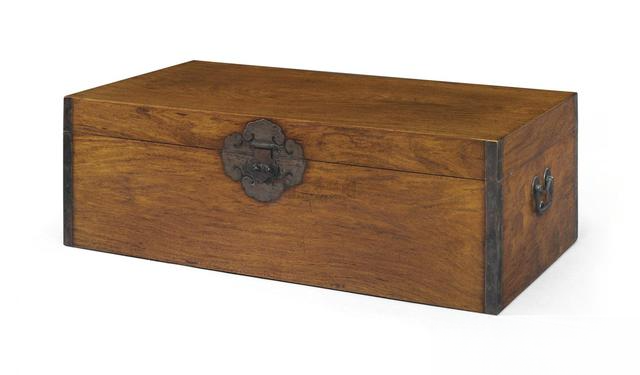
Lacquered wooden suitcase from the tomb of Zenghouyi
Next, let’s look at the rack category . When it comes to the origin of “rack” , it originally referred to a shed , but later evolved into something that serves as a support .

In the book Qi Min Yao Shu Zhi Tao (Planting Peach) written by Jia Sixie (during the Southern and Northern Dynasties) , it is mentioned that grapes spread out by nature and cannot stand on their own, so a rack is built to support them. The "rack" in it means a shed . Later, with the development of the times, shelf furniture gradually appeared. In the book Xiang Ji Xuan Zhi written by Gui Youguang (Ming Dynasty) , it is written that the shelves are full of borrowed books . The "rack" in it means a bookshelf .
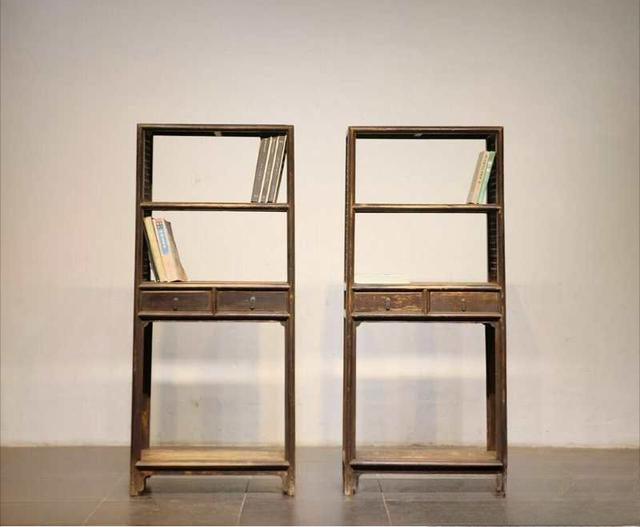
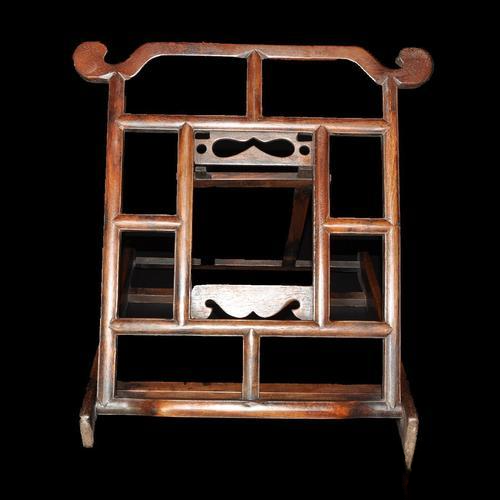
Finally, let's take a look at screens . "Screen" originally refers to a piece of furniture used to block the wind . The name comes from the word "ping" in classical Chinese , which means "screening the wind" . Looking back at history, the "Son of Heaven" in the Zhou Dynasty used it as a symbol of his power and status , and called it "di" . Then for a long time, the screen was set up behind the emperor's throne , and it was called "fu qian" at the time . In the "Historical Records" written by Sima Qian (Han Dynasty) , it is recorded that the emperor stood in front of the screen . The "screen" here means screen . Later, with the improvement of people's quality of life, screens also began to become an important piece of furniture for the halls of homes .
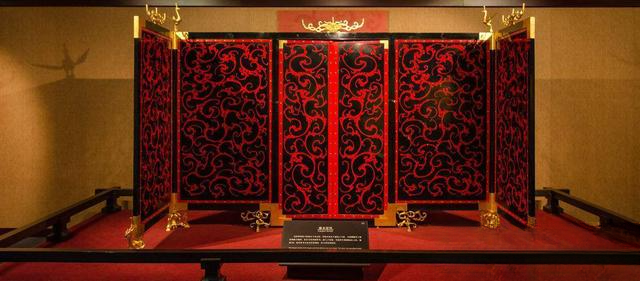
It takes into account the functions of dividing space , beautifying the interior , blocking sight , highlighting status and changing air circulation . It is usually placed in the most conspicuous position in the hall and is an indispensable piece of furniture for the ancients to decorate their rooms. With the development of the times, screens have evolved into various types, and their use is not only in the hall , but can even be placed in various places .
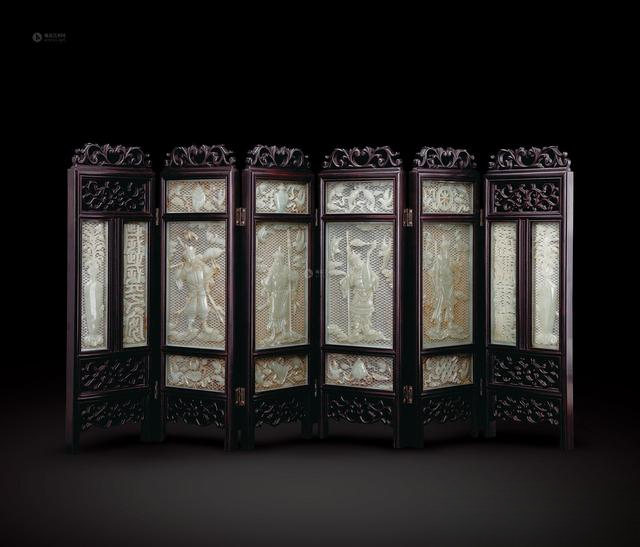
Follow me, a man who swims naked in the ocean of rosewood furniture, and I will take you to learn more about rosewood.